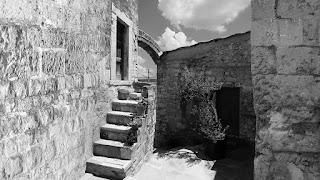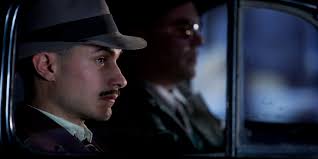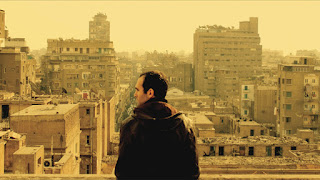Cinema lost a leading voice when Abbas Kiarostami passed away in 2016. Mr. Kiarostami was one of the genuine greats of cinema. Anyone who started exploring global cinema was bound to come across one of his films at some point in their film paths. The one difference would be that each person would have discovered Mr. Kiarostami via a different film. Many in the west likely first came across his work with the 1990 film CLOSE-UP and others likely found his work after his brilliant film TASTE OF CHERRY won the Palme D’Or at the Cannes film festival in 1997.
However, Abbas Kiarostami was making films long before that. He started off by directing short films and documentaries from the 1970’s onwards. While these earlier works may have been unknown for most of the 1990’s, they started surfacing in the mid 2000’s. These earlier works are extremely valuable in showing he approached his cinema. Early in his career, he worked at the Institute for the Intellectual Development of Children and Adults. This is probably why he is one of those rare directors whose films showed children with genuine warmth, compassion and honesty. In his early short films, children and animals played a big part. In fact, his first ever short film THE BREAD AND ALLEY, a 12 minute short made in 1970 features a boy and a dog.
Right from his first short film, he showed an ability to re-imagine a different way of shooting a scene. He wanted events to flow naturally and the camera to capture reality as it unfolded. The 12 minute short film shows traces of a neo-realist cinema but also an aspect that would come to define his film making style in the 1990’s, a style where the line between fiction and documentary is blurred.
He often used non-actors in his films and at times, it was hard to distinguish real life from fiction in his films. He often had audience guessing on what is real and what is manufactured. The placement of the camera played a big part in this technique and even then, Kiarostami didn’t follow conventional ways. He would mount his camera inside a car such as he did in TEN or have a camera facing an audience watching a film in a movie theatre like in SHIRIN. Except, things were not as what they seem. In SHIRIN, the audience is watching a movie that does not exist and the film is not shot inside a real movie theatre.
In Cinema Scope Issue No. 68, Quintín has noted that Abbas Kiarostami "was trained as a painter and a photographer". This training clearly played a big part in the beautiful landscape and visuals found in many of his films which take place outside the city in stunning Iranian countryside.
Mr. Kiarostami was able to realize his vision while living and working in his home country of Iran. As a result, in a way, he helped put Iranian cinema on the map and was a key part of the new wave of Iranian directors that emerged from the 1990’s onwards.
What is remarkable is that he continued making films in Iran despite the changing political landscape. He was born in 1940 and lived through many of the different political forces that have shaped Iran. Yet, despite the government changes, he was able to continue pushing the boundaries of cinema and art. His films often got to the core of meaning of art and life in general.
Like a true artist, he continued exploring new ways to expand his filmmaking. In 2010, he directed CERTIFIED COPY, shot entirely in Italy, his first film shot outside of Iran. In 2012, he made LIKE SOMEONE IN LOVE shot in Japan and in once again in a different language. These two films marked a new and exciting point in his career. In an interview, Mr. Kiarostami said that many people around the world understood his films via subtitles. So he wanted to understand his own films via subtitles and that explains why these 2 films were shot in a different language.
He was next supposed to work in film set in China. Sadly, that was not to be. It is clear that he had a lot to offer to cinema.
The 2016 short film TAKE ME HOME, shot in Southern Italy, playfully manages to incorporate elements from his cinema. Like his earlier films, there is a little boy and there are some animals. The artistic beauty he found in landscapes are to be found in this film. And the concept of fiction vs reality is also seen. The short appear to be following a soccer ball in a natural manner. However, there is a very clear visual indicator in the film which lets us know what he is really up to. This short was released along with the documentary 76 MINUTES and 15 SECONDS WITH ABBAS KIAROSTAMI, directed by Mr. Kiarostami’s long time collaborator Seifollah Samadian. In this documentary, we get a true sense of how Mr. Kiarostami conceived his shots, how his training as a painter and photographer played a big part in his films. For those who are familiar with his films, it brings a new perspective to view his films. For those who are not familiar with his work, it provides an excellent starting point to see an artist at work.
As it turns out, TAKE ME HOME won’t be the last film of Mr. Kiarostami. Later this year, we will see his final film project getting a release. That film will be the movie event of the year!
Note: both TAKE ME HOME and the documentary 76 MINUTES AND 15 SECONDS were shown by the Calgary Cinematheque as part of a special tribute to Mr. Kiarostami.













